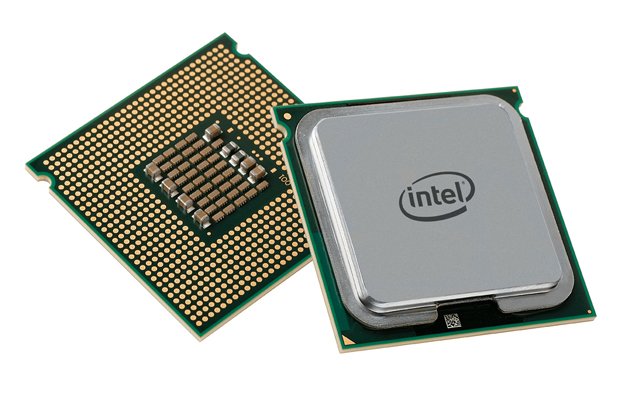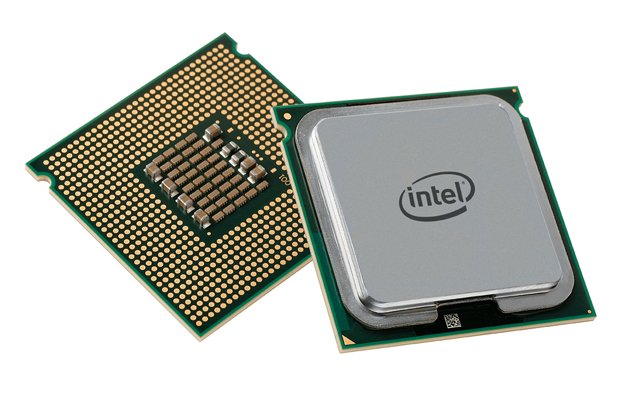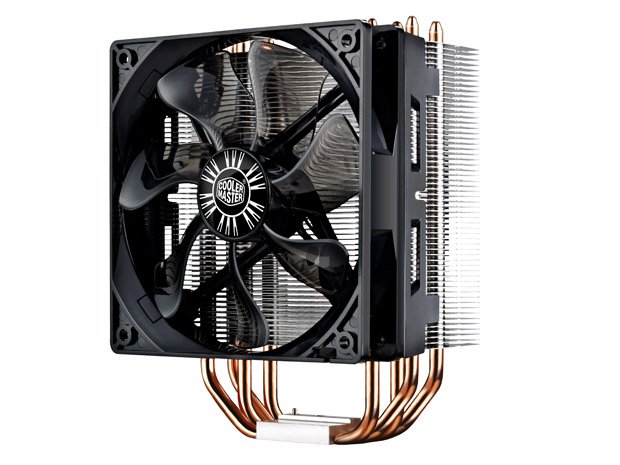The Ultimate Computer Hardware Guide

Things you need to know to become a PC hardware expert
Knowledge is power, and when it comes to PCs and computer hardware that’s especially true, because only by knowing how your PC components’ specs actually affect performance can you get the maximum power you need for the type of computing you do—and avoid being seduced by features that sound impressive on the box but won’t do squat to improve your experience. Knowing your stuff has other benefits, too. An in-depth understanding of what makes all your parts tick enables you to better troubleshoot problems, upgrade in ways that make sense, and converse with other nerds in your own secret language. Continue reading to begin your crash course in PC spec-speak.
CPU
Just how many cores and how much cache do you need? We’ll help you answer those questions and others with cool confidence
Socket
There are two kinds of buyers: Those who will never upgrade a CPU and those who actively plan for it. For the former, even a CPU welded to the motherboard won’t matter, but upgraders who want to use a system for years need to pay attention to the socket, as it’s one of the primary factors limiting your upgrade options. On Intel , there are three sockets to choose from: LGA2011 , LGA1155 , and the new LGA1150 . Of the three, LGA1155 has the least amount of life left in it, as it will be slowly phased out in favor of the new LGA1150 platform. We know from Intel roadmaps that LGA1150 and LGA2011 are good for at least another couple of years. On AMD , AM3+ offers a superb assortment, from budget dual-cores all the way to eight-core chips, with the company’s new Piledriver chip even slotting into this old socket. The company’s FM line isn’t quite as stable. FM1 didn’t go very far, but the company’s FM2 looks like it might have longer legs. The thing is, FM2 processors—or rather, APUs—aren’t aimed at the type of user who upgrades every year. We suspect that most FM2 buyers will use the platform for a couple years and then buy a new system instead of upgrading. For long-haulers, we recommend AM3+, LGA2011, and LGA1150. If you don’t care about doing an upgrade, go with whatever CPU you want.
Core Count
Core count is the new clock speed. That’s because as consumers have been trained not to look at megahertz anymore as a defining factor, vendors have turned to core count as an emotional trigger. Two is better than one, four is better than two, and six is better than four.
Here’s the deal, though: More cores are indeed better—but only if you truly use them, and really only when compared within the same family of chips. For example, to assume that an eight-core AMD FX part is faster than a six-core Intel Core i7 part would be flat-out wrong. Likewise, to assume that a PC with a six-core Intel Core i7 will be faster at gaming than a quad-core Core i7 is also likely wrong. To make things more complicated, Intel uses a virtual CPU technology called Hyper-Threading to push its CPUs. Some chips have it, some don’t.
So, how do you figure out what you want? First, look at your workloads. If you’re primarily a gamer who browses, does some photo editing, and word processing, we think the sweet spot is a quad-core chip. Those who encode video, model 3D, or use other multithreaded apps, or even many apps simultaneously, should consider getting as many cores as possible because you can never have enough for these workloads. A good bridge for folks who encode video only occasionally, though, is a quad-core chip with Hyper-Threading.
Keep up to date with the most important stories and the best deals, as picked by the PC Gamer team.

Your CPU choice should be based on your workload and not what you read about.
Clock Speed
Remember the Megahertz Myth? It’s what we alluded to above. It arose from the understanding that clock speed didn’t matter, because a 2GHz Pentium 4 was barely faster, if at all, than a 1.6GHz Athlon XP. Years later, that generally remains true. You really can’t say a 4.1GHz FX-8350 is going to smoke a 3.5GHz Core i7-3770K because in a hell of a lot of workloads the 3.5GHz Core i7 is going to dominate. Nevertheless, we have issues when someone dismisses megahertz outright as an important metric. We don’t think it’s handy when looking at AMD vs. Intel, but when you’re looking within the same family, it’s very telling. A 3.5GHz Intel chip will indeed be faster than a 2.8GHz Intel chip. The same applies among AMD chips. So, consider clock speeds wisely.
Cache
When vendors start looking for ways to separate your cash from your pocket, clock speed and core count are their first line of attack. If those features don’t get you, we’ve noticed that the amount of cache is the next spec dangled in your face. Choices these days run from 8MB to 3MB or less. First, you should know that in many cases, the chips themselves are often the same. When validating chips, AMD and Intel will weed out defective chips. If a chip has, say, 8MB of L2 cache and a bit of it is bad, it’s sold as a chip with 6MB of L2 cache, or 4MB of L2 cache. This isn’t always true, as some chips have the cache turned off or removed to save on building costs.
Does cache matter in performance? Yes and no. Let’s just say that a large cache rarely hinders performance, but you quickly get to diminishing returns, so for many apps, a chip with 8MB of L2 could offer the same performance as one with 3MB of L2. We’ve seen cache matter most in some bandwidth-sensitive tasks such as media encoding or compression, but for the most part, don’t sweat the difference between a chip with 4MB of L2 vs. one with one 3MB of L2.
Integrated Graphics
Integrated graphics are likely one of the biggest advances in CPUs in the last few years. Yes, for gamers, a discrete graphics card is going to be faster 105 percent of the time, but for budget machines, ultra-thin notebooks, and all-in-ones, integrated graphics are usually all you get, and there’s a world of difference between them. Generally, AMD’s integrated graphics chips lead the way over Intel’s older generation of Ivy Bridge and Sandy Bridge chips. It’s like, well, AMD is the Intel of integrated graphics and Intel is the AMD. Intel’s latest Haswell chips make it far more interesting, though, as the graphics performance has increased greatly. Then again, AMD has also recently released its new APUs with Radeon HD 7000 graphics. The spec that matters most on integrated graphics is the number of graphics execution units and clock speed. More EUs mean better performance, as does higher clock speeds.
When to Run Aftermarket Cooling
Let’s get it out in the open: Stock CPU coolers really aren’t as bad as people make them out to be. Sure, we all scoff at them, but the truth is that Intel and AMD spend considerable money on the design and certify them to work with their CPUs in all types of environments. For the vast majority of people, the stock cooler is just fine.

The Cooler Master Hyper 212 Evo is a low-cost, worthy upgrade over stock—if you need it.
But you’re not the vast majority of people. Sadly, today, if you can even open up the case, you’re an enthusiast. Sure, there are applications for the stock cooler, such as an HTPC or a small box that won’t be overclocked, but we like to think of the stock cooler as the minimum spec you should run. It’s fine, but it can be greatly improved upon.
Obviously, if you’re an overclocker, a beefier heatsink is a foregone conclusion, as heat is one of the worst enemies of a successful overclock. Swapping out the stock cooler for an aftermarket model is almost guaranteed to net higher or more stable overclocks than you can hit with the stock cooler.
Even if you don’t overclock, an aftermarket cooler can be a worthwhile addition. Since they can dissipate more heat than a stock cooler, and the fans are typically larger, the fan RPMs are usually lower, thus quieter.
Closed-loop liquid coolers are also a good option, as they require zero maintenance and the risk of a leak is extremely low. Liquid coolers are also quite affordable today and easily outstrip the vast majority of air coolers. One thing you’ll need to keep in mind is that closed-loop liquid coolers aren’t always the quietest option out there, though.
Click the next page to get more info on motherboards.


